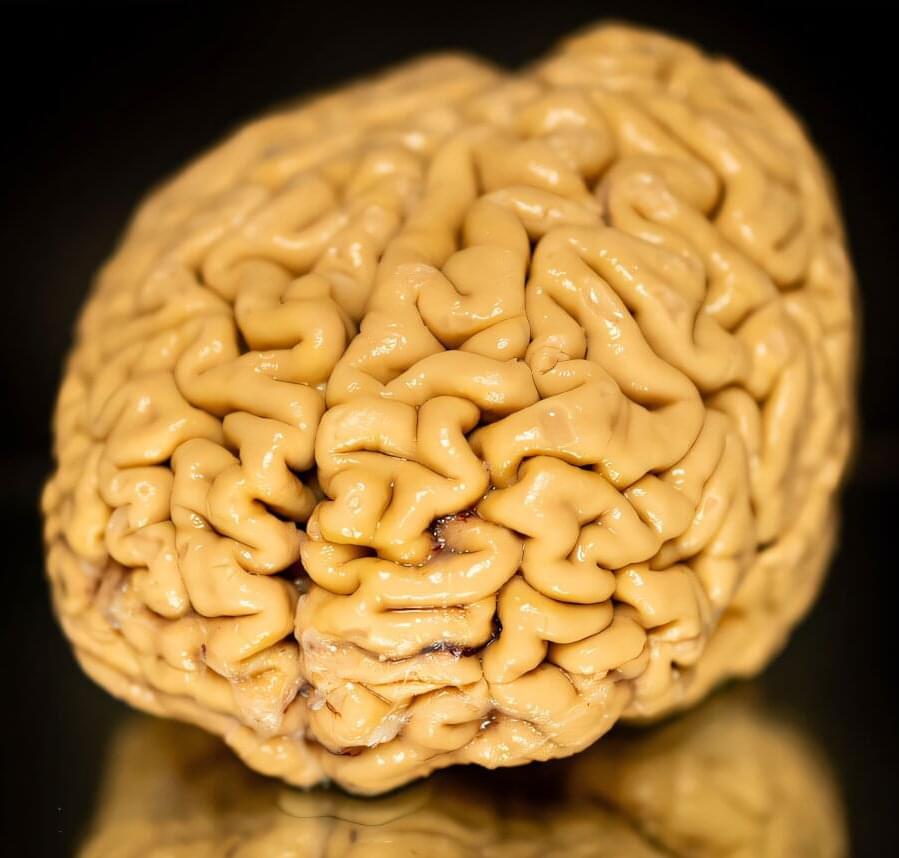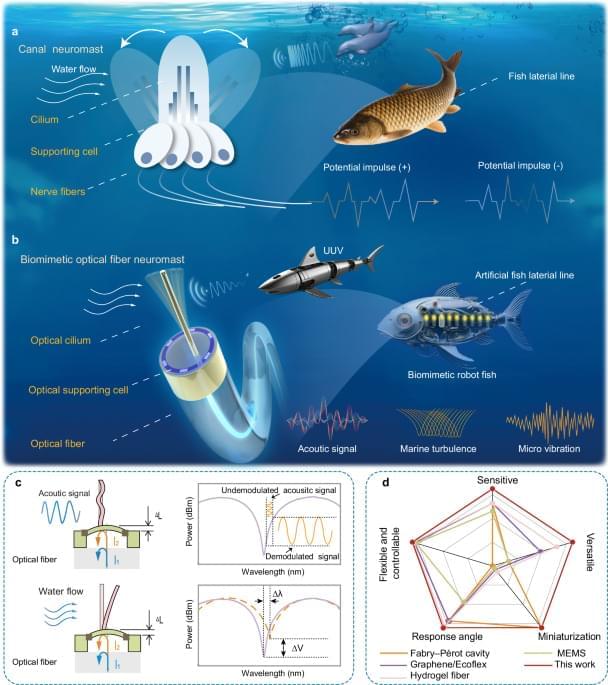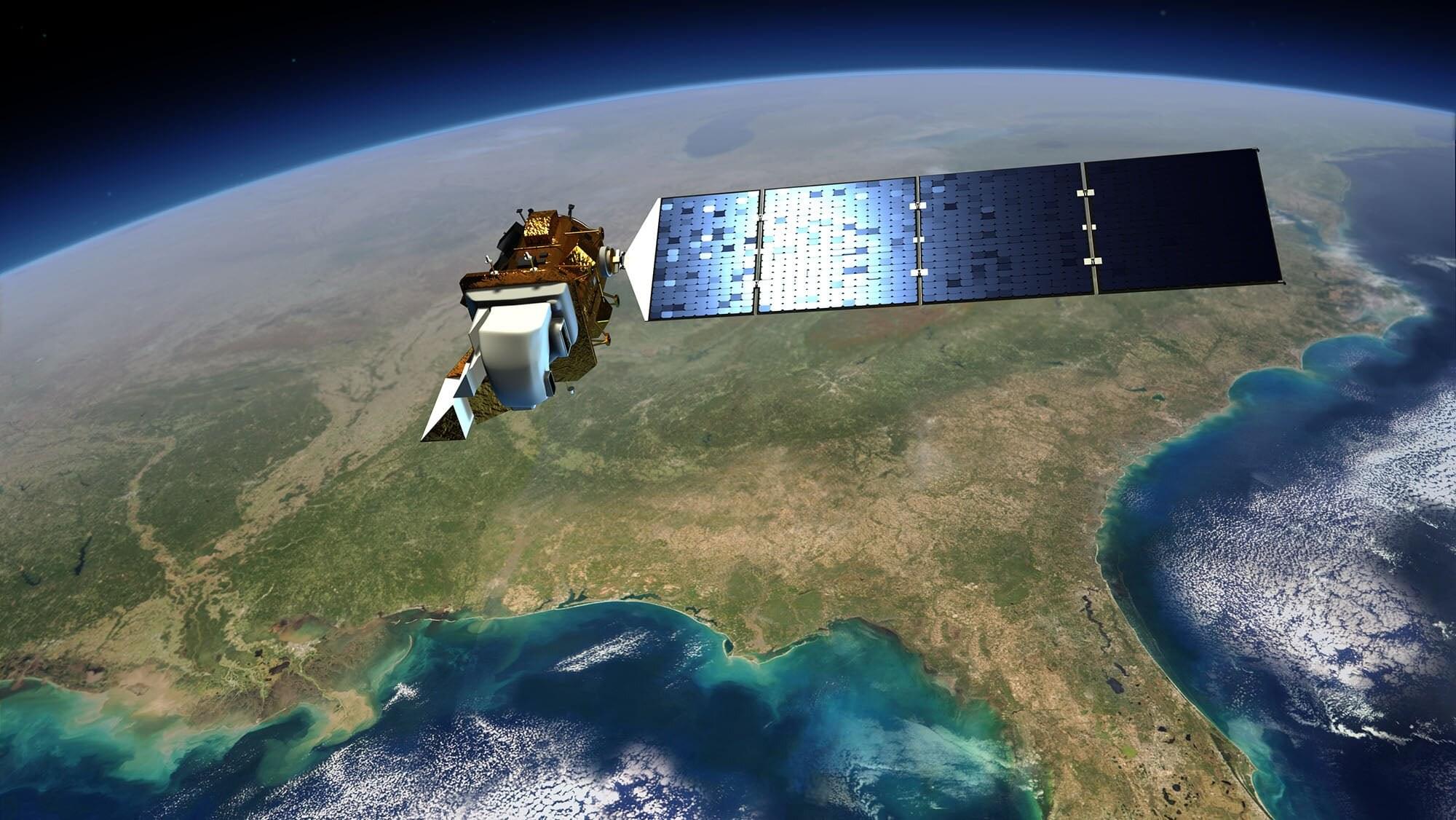For 25 years, scientists at Northwestern Medicine have been studying individuals aged 80 and older—dubbed “SuperAgers”—to better understand what makes them tick.
These unique individuals, who show outstanding memory performance at a level consistent with individuals who are at least three decades younger, challenge the long-held belief that cognitive decline is an inevitable part of aging.
Over the quarter-century of research, the scientists have seen some notable lifestyle and personality differences between SuperAgers and those aging typically—such as being social and gregarious—but “it’s really what we’ve found in their brains that’s been so earth-shattering for us,” said Dr. Sandra Weintraub, a professor of psychiatry and behavioral sciences and neurology at Northwestern University Feinberg School of Medicine.







